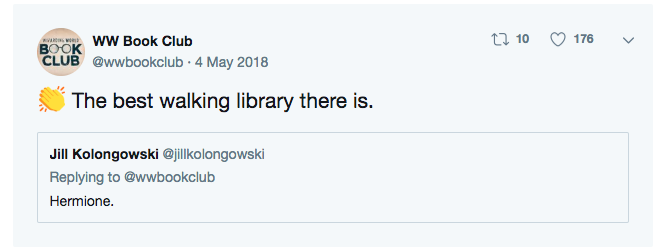Production Three: Participatory Culture
- noylinea

- May 9, 2019
- 3 min read
Updated: May 9, 2019
Option 1: Pottermore
Discovering an online affinity group had been an interesting task. To approach the task at hand I thought to look into a much recent and current interest of mine, Harry Potter. Although the very first book to the series written by J.K Rowling came out in 1997, I assumed it was better late than never to become a fan. With the help of a quick Google Keyword search I came across Pottermore.
In this particular online community one is able to go about the ways of Witches and Wizards, to learn more about the Wizarding World, where their favourite characters come from, and to make their dreams come true, online that is. To do so one must become a member, therefore I joined and learned more about Pottermore.
As a member you take a quiz and then you are sorted into one of the four houses, you can also take a quiz to find a wand that is meant only for you, as well as a quiz to find a Patronus; again that is something special and solely for you. These attributes allow members to become part of the community in a unique way, just like the character in the novel; Harry and his friends, members take on their own role through their time on Pottermore.
There is also a space for those to share their artwork for others to see, artwork that is just a piece on its own or at times, they come together with a written piece. These works are then available for all those who wish to take a glance or a read.
Along with artwork many have the opportunity to join The Wizarding World Book Club, this in turn is a twitter community that is linked to Pottermore.
People are able to discuss their thoughts and ideas about the novels, the movies, the Fantastic Beast series as well as other Harry Potter themed topics. Allowing all those who share the same interests to talk online about their theories and as well discover different perspectives.
The article “Confronting the Challenges of Participatory Culture: Media Education for the 21st Century” written by Henry Jenkins, states that, “Participatory culture shifts the focus of literacy from one of individual expression to community involvement” (Jenkins, 7). I believe that Pottermore, is doing justice to that statement by not only allowing one to express their individuality but giving them a platform to share and become part of a site that shares those that attributes then becoming a community that brings their love of Harry Potter to life. By doing so this particular affinity space is catered to an environment that becomes a safe space that allows people to freely share their artistic choices with others.
As I journeyed through Pottermore I took into great consideration that although many share the same interest in Harry Potter one must understand they are not the author of the novels. Jenkins goes on to mention “The Transparency Problem” (Jenkins, 14), when viewers take what is given to them at face value without understanding or knowing where it comes from or if it actually speaks the truth. With Pottermore one needs to understand that the one person who has the right to give readers the truth about the Wizarding World is the creator, J. K. Rowling herself. That being said I do believe that as an affinity group, Pottermore does in fact take part in participatory culture.
Reference
Jenkins, H. (2010). Confronting the Challenges of Participatory Culture: Media Education for the 21st Century. The McArthur Foundation.
















Comments